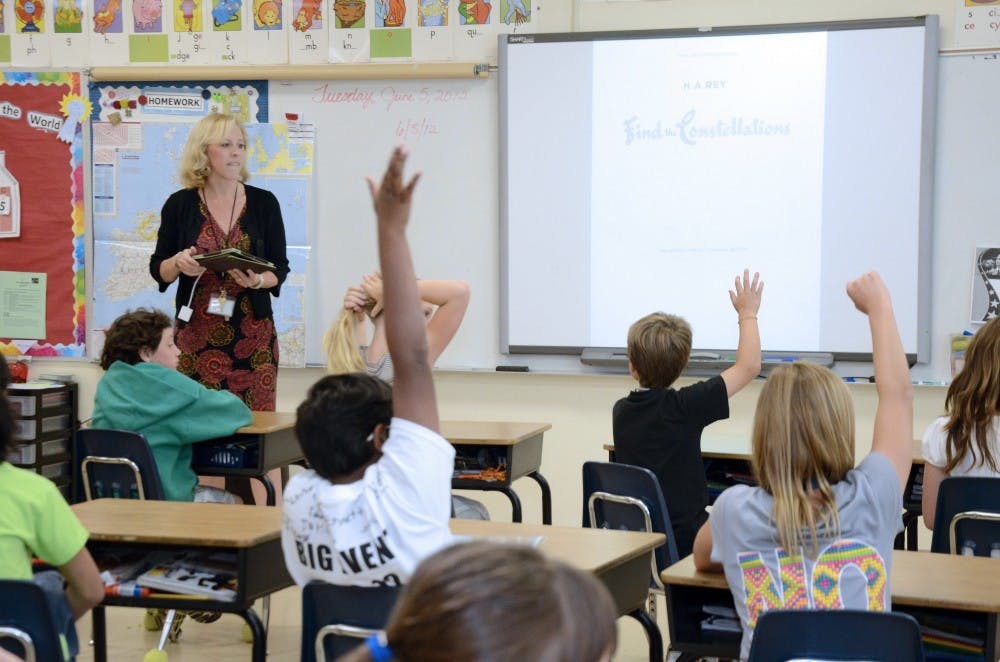A growing body of research points to classroom diversity as an important aspect of early childhood development. Kids who make friends with kids of other races tend to be more socially well-adjusted, more academically ambitious and better at interacting with people who are different from them, according to berkeley.edu.
However, according to a to a new study led by researchers from New York University, results suggest children entering adolescence are less likely to maintain cross-racial friendships as they grow older.
The NYU researchers took past information and became curious if just putting children of different races in the classrooms together was enough to foster lasting connections. Their hypothesis was that as kids grow older, they increase their same-race friendships and decrease their cross-race friendships, according to nyu.edu.
The researchers went on to look at data from the Early Adolescent Development Study (EADS), a longitudinal survey where researchers questioned more than 500 elementary and middle school students over the course of two academic years: Fall 1996 to Spring 1998. The children in this came from classrooms that were roughly half black and half white.
To their surprise, their results blew away their hypothesis.
"Cross-race friendships diminish over the course of one academic year; same-race friendships increase," said Elise Cappella, who led the new analysis.
While integration was an important step in fostering cross-race connections, it really came down to the kind of environment their teachers created.
Bobby Steel, interim director of the Multicultural Center, said he believes educators can make a difference with fostering these relationships for children, not only at a young age but throughout their education.
“Educators should encourage and foster safe and inclusive environments, which is imperative for learning and development,” Steele said. “It is important for students to learn how to work well with others and minimally demonstrate respect for one another regardless of whether or not a personal friendship is developed or maintained.”
In some cases and schools, children grow up in a more segregated environment, which can impact the opportunity for forming cross-racial friendships.
“Some schools may inevitably comprise of a more homogenous environment based on a number of social factors as well as the actions of the people attending the school,” Steele said. “Therefore, the experiences and interactions students have are often shaped by the demographics of the communities in which they reside, which may or may not present the opportunity for cross-cultural engagement.”
Kately Ngooi, a junior elementary education major, said she believes fostering these relationships as teachers is essential not only to a child’s development, but also to society as a whole.
“I think that friendships that cross racial, cultural, socioeconomic and other lines is essential for the development of a tolerant, inclusive society,” Ngooi said. “I also think there is a fine line between fostering an inclusive atmosphere in the classroom and 'mixing' students for the sake of mixing them. Teachers should keep in mind the importance of supplementing efforts to create a collaborative and cross cultural classroom with efforts to educate students and teach them tools to interact and learn from others of different backgrounds and lived experiences.”
Ngooi, who came to Ball State as an international student, grew up abroad in southeast Asia and attended an international school all her life.
She said she feels passionate about the topic and believes if teachers do not foster cross-racial relationships at a young age, the trends in the decrease of these relationships will continue at the college level, where some face “cultural shock.”
“I think that these trends might continue through college. Even though colleges are decidedly more diverse, students move to colleges [from] school demographics [that are] decided almost entirely by neighborhood or district demographics. By [college], students might just live what they know,” Ngooi said. “If they don't form interracial friendships as children, they might not feel inclined to do so as college students.”
While there may be some barriers to overcome, the reality is if teachers foster classrooms that encourage students to collaborate with one another rather than just compete, children will grow up more likely to keep cross-racial friendships.
“I think that friendships that cross racial lines are essential for the creation of a better and informed citizenry and community,” Ngooi said. “I could see how there can be barriers to interracial friendships, such as cultural barriers and even differing viewpoints about things like current events and race-related issues in society today. The way I see it, though, is that these barriers will always exist unless something is done to help overcome them.”





